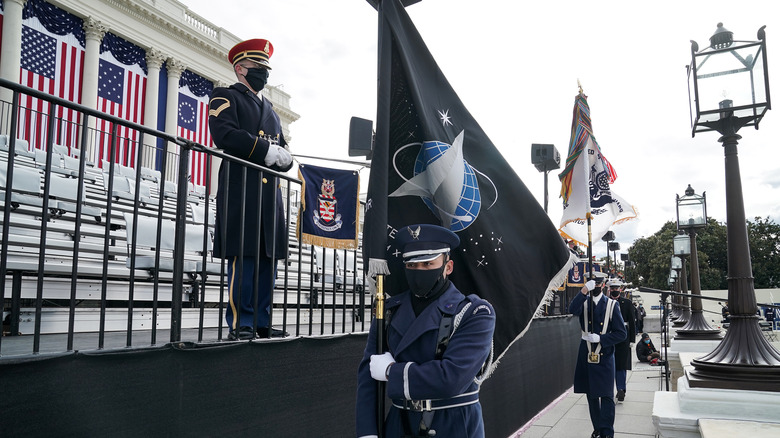It’s difficult to believe that any legislator read all 940 pages of President Donald Trump’s Big, Beautiful Bill before it was passed by Congress earlier this month. I wonder if the Senate was aware that the megabill allocated $1 billion to the U.S. Space Force’s Boeing X-37B Orbit Test Vehicle. The American military’s newest branch is proud to boast about how maneuverable the uncrewed spaceplane is in orbit. Still, little else is known about what the Boeing spacecraft is actually doing while looping the planet. The budget increase is certainly a statement of intent from the White House, especially when NASA’s budget is slated to be slashed by $3.4 billion.
The Boeing X-37B has been in service since 2010, back when the Space Force was Air Force Space Command. The spaceplane’s familiar white and black thermal clad appearance is reminiscent of NASA’s Space Shuttle, and it fulfills a similar role for the Pentagon, based on the publicly available information. Air Force Space Command didn’t reveal the X-37B’s payload for its first three flights.
While the flights are still considered classified, the Space Force will reveal orbital deployment and experiments done in collaboration with other agencies. The seventh X-37B mission ended in March with the spaceflight landing at Vandenberg Space Force Base after 434 days in orbit. The mission conducted experiments with NASA to observe the effects of space radiation on plant seeds.
Military wants the highest ground possible
No, the X-37B’s primary reason for spending over a year in orbit wasn’t seeing if you could turn a packet of seeds into the Fantastic Four. The Space Force stated it tested the spaceplane’s ability to complete maneuvers using atmospheric drag. The branch is gradually getting its feet wet in what space combat could look like with our spacefaring geopolitical rivals, like China and Russia. General Chance Saltzman, Chief of Space Operations, said:
“Mission 7 broke new ground by showcasing the X-37B’s ability to flexibly accomplish its test and experimentation objectives across orbital regimes. The successful execution of the aerobraking maneuver underscores the U.S. Space Force’s commitment to pushing the bounds of novel space operations in a safe and responsible manner.”
Air Force Space Command’s independence from the Air Force in 2019 wasn’t just a Trump vanity project, but a push to militarize space. The $1 billion dedicated to the X-35B is part of a $11.3 billion budget increase for Space Force. This is happening amid the White House leaving civilian spaceflight on a shoestring budget and reliant on private companies. NASA’s Artemis Program is still scheduled to return astronauts to the Moon, but is unclear how it’ll get there. The Trump administration is trying to cancel the Space Launch System, but the agency won’t halt the rocket’s testing and development efforts.




